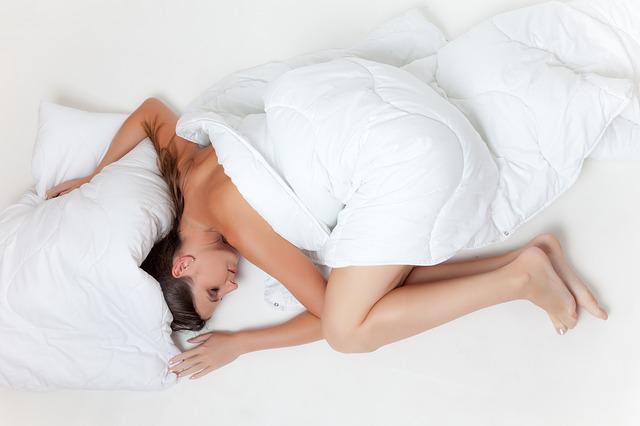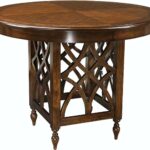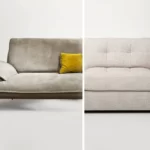Many people don’t wash their bedding as frequently as they’d like to. What came out of it? The sheets are dark and dingy and don’t sparkle as they should. You might be interested in learning how to make sheets white. The article will give simple tips on how to make sheets white.
Table of Contents
Causes Of White Sheets Becomes Yellow
White sheets age yellow due to the buildup of sweat and body oil. Regular detergent machine washing might not be sufficient to get rid of built-up sweat and grease. The proper cleaning of the sheets can occasionally be hampered by the detergent or fabric softener residue.
Ingredients Of How To Make Sheets White
Lemon
Lemons contain citric acid, a natural bleaching agent that helps brighten your sheets without the need for chemicals. Using lemon juice is an all-natural method that will leave a pleasant citrus smell on your sheets.
Vinegar
Vinegar is a common household ingredient and has long been touted as the cure for many cleaning problems.
Baking Soda
Another common household item with a built-in ability to mask odors is baking soda.
Borax
Borax is a common cleaning material with a wide range of uses, from removing stains and mold to killing insects and neutralizing odors. But did you know that borax can also be used to bleach sheets?
Bleach
Although bleach is one of the most popular ways to whiten fabrics, it’s not an ideal solution because chlorine reacts chemically with protein stains like sweat, vomit, sexual fluid, and body oils. In a pinch, however, bleach can still be used to remove yellow stains from sheets.
Liquid Blue
Liquid bluing is a good option for yellowing sheets. The blue neutralizes the yellow undertone, but it fades with each wash.
Steps Of How To Make Sheets White
Use several common household materials to whiten the linens before, during, or after washing with ordinary detergent. Because allergens can be killed by hot temperatures, washing the bedding in hot water is recommended. Before washing and drying the sheets, we advise you to read the care instructions on the label.
Using Lemon
Lemons contain citric acid, a natural bleach. To make the sheets whiter, add some lemon juice and ordinary detergent to the washing machine. The citrus scent can help mask any lingering vinegar smell if you soak the bedding in vinegar first.
Using Vinegar
- Take the linens and soak them in vinegar before washing. A bathtub or vat should be filled with a gallon of warm water and a half cup of vinegar.
- Spend an hour soaking the bedding in the solution.
- Next, wash by hand or in a machine with a light detergent. The smell of vinegar can be eliminated by air-drying linens.
Using Baking Soda
Baking soda has a natural whitening effect and can reduce odors.
- You can get perfectly white linens by mixing regular washing detergent with half a cup of baking soda.
- The cleaning power of washing powder can be improved with baking soda. You can get fresh, unscented sheets from it.
Using Borax
- Any grocery store will sell borax, a white mineral powder used as a whitening and washing agent.
- Overnight soak the sheets in a gallon of water with a half cup of borax.
- After that, wash it as usual with a moderate detergent.
- White sheets might lose their yellow color after prolonged exposure with a whitening laundry booster.
Using Bleach
Everything can be made whiter using bleach. In fact, if you unintentionally pour some bleach over colored fabric, it will even make it whiter. You might be astonished to learn that bleaching the sheets actually has the opposite impact from what you expected. chlorinated bleach. Our bodily oils and perspiration contain proteins that react with chlorine to produce macular.
- To make the bedding whiter, use bleach.
- Wash the bedding initially with regular detergent.
- Sweat and body oil stains are removed with cleaning.
- After washing the sheets, add half a cup of bleach to the washing machine drum and wash them as usual to make the sheets whiter.

Using Liquid Blue
The yellow shadow is neutralized by liquid blue, which restores the whiteness of your sheets. The white fabric is finished by the manufacturer using blue. However, the bluing effect wears off after each wash. Use liquid blue to restore the whitening effect, which is available at any hardware or food shop. Apply the blue liquid to the sheets after diluting it with cold water. The sheets may become stained if liquid blue dyes are added directly to them.
Pay close attention to the bottle’s diluting directions. Depending on the brand, dilution recommendations may change.
Typically, a quart of dehydration is combined with 1/4 teaspoon of liquid blue.
- Apply this mixture of solution and detergent to the sheet and wash it as usual.
- Pour 1/8 teaspoonful of blue potion into a quart of dehydration and whisk if used as a rinse.
- In the washing machine’s automated distributor, stay away from utilizing liquid blue.
- It might get stained with blue.
- With the exception of laundry detergent, liquid blue dying shouldn’t be used with bleach, fabric softener, or any other laundry product.
Which Is Better For Making Sheets White—Hot Or Cold Water?
White or light-colored cotton sheets can be washed in hot or warm water. The hot water renders allergens inert. Before washing your bedding, we advise reading the care instructions on the label. Depending on the cloth, different instructions may be required.
How Frequently Should Sheets Be Washed?
Wash your white bed sheets once every four or five days—even more regularly than you would other bed linens. White bed linens quickly develop stains. To keep your white bed sheets from developing a yellow dingy color, wash them frequently and thoroughly after each wash.
Conclusion
After a few months, the white sheets started to appear tattered. By eradicating patches of yellowing or discoloration, whitening alternatives increase the lifespan of white linens. Please use the whitening setting while washing the white sheets to keep them looking brand new.













